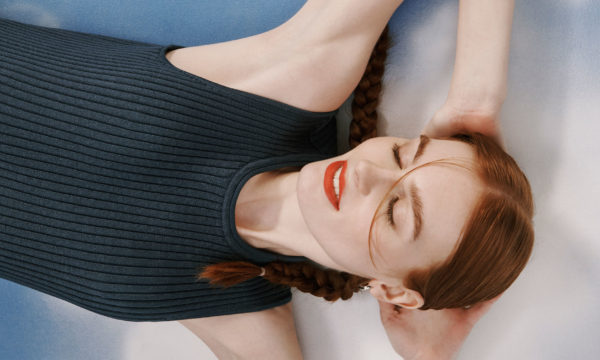Sneak Peek of “The Oldest Living Things in the World”
April 22, 2014
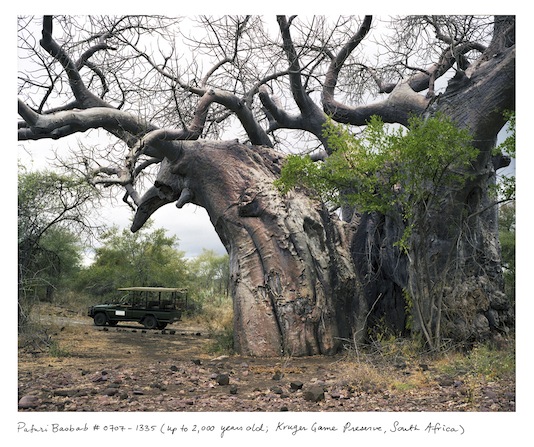
What are you doing for Earth Day? I assume you’ve already packed your shovel and headed out to plant some trees, but if not, at least take a moment to browse through Brooklyn-based artist Rachel Sussman’s stunning photos—a reminder to us all that the Earth is 4.5 billion years old, and we are mere peons.
In The Oldest Living Things in the World (out today), Sussman documents everything from trees and moss to bacteria—all of it more than 2,000 years old. Along the way, she draws on the knowledge of dozens of biologists and scientists, and explores every continent.
Below, we caught up with her to talk trees, travel, and the concept of “deep time.”
* * *
How did this project come about?
I knew I was looking for an art and science project to do, and in 2004, I had a lightbulb moment. I made a trip to Japan and had an amazing, transformative travel experience that involved visiting a 7,000-year-old tree called Jomon Sugi. It’s a very famous tree in Japan, but few people have actually been there because it lives on this remote island. It’s a two-day hike to visit this tree. I decided to just go for it and go on this adventure, and it ended up being one of the most rewarding decisions I’ve ever made.
So you decided to document the Earth’s oldest living things.
Yes, although I didn’t know what form that was going to take. I came up with the parameters—I decided that the things would be 2,000 years or older—but the visual and aesthetic aspects of the project developed over time. Ultimately, I decided to approach the organisms as individuals. I wanted to anthropomorphize them through portraits.
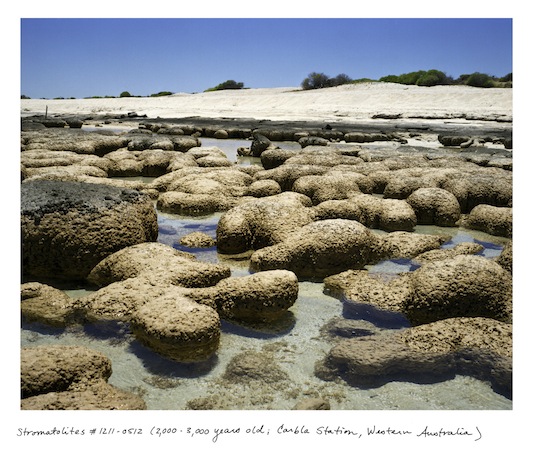
This project took ten years to complete. Was it hard to stick with it?
It kept my attention because it was so varied. There were so many elements to research. The key ingredient, I would say, is perseverance. There are certainly moments that all creative people have of, “What have I gotten myself into?” or “Am I doing this justice?” But I think the discomfort is a great motivating factor.
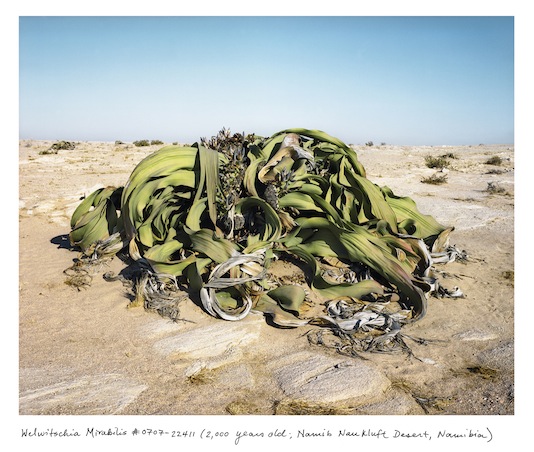
You made it to all seven continents. What were some of the most memorable places you visited?
I went to South Georgia Island, which is this very wild place in the Antarctic region. We landed on this beach one morning and there were 300,000 penguins, and it just made me feel like I had this window into the past, into the very deep past—a time when the Earth wasn’t overrun with humans. I had that experience in Greenland as well, and in Namibia when I was out in the desert. It’s hard to articulate, but I had this feeling of connecting with something that’s larger than our everyday lives, and seeing that we are part of a continuum.
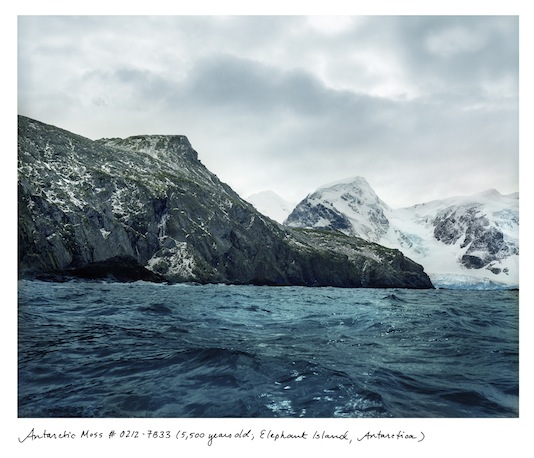
It’s no coincidence that your book is coming out on Earth Day. Was this project meant to make a political statement?
Absolutely. Environmentalism has definitely been part of my life experience since I was a kid. I insisted that my family recycle before recycling was a common practice, which irritated them, but I just had this sense of, “We shouldn’t be mucking everything up.” So one of the major goals of The Oldest Living Things is to connect with these organisms as individuals and as symbols of what’s going on with the climate. It makes you think, “Wait a second, this shrub has lived in California for 13,000 years, but if it keeps getting hotter and dryer, that might be it.” I want this work to make a positive impact. At the very least, I would like to see all of these organisms protected as individuals, but I hope that can be taken a step further. I hope this work can be a catalyst to larger policy shifts that can undo some of the damage that we’ve done.
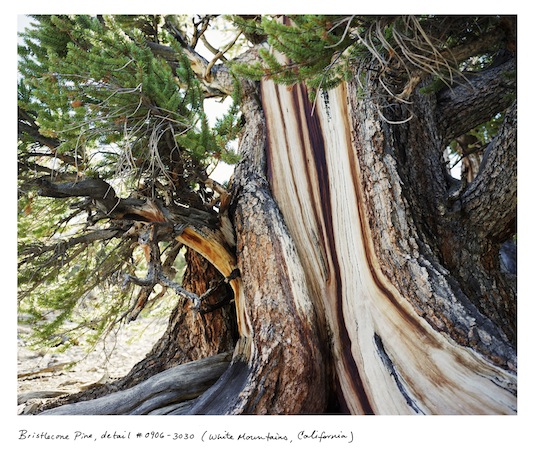
This was such an ambitious project. From a “business” point of view, how did you fund it?
From a business point of view, it was not a business. It was a labor of love, and I went into substantial debt to make this project happen. I applied for a lot of grants that helped along the way, and I had a Kickstarter campaign, which was incredibly positive. But I have a lot of credit card debt. It’s one of those things where there’s this positive dissonance to being featured in the Wall Street Journal, while simultaneously being unable to pay your rent. That happened to me.
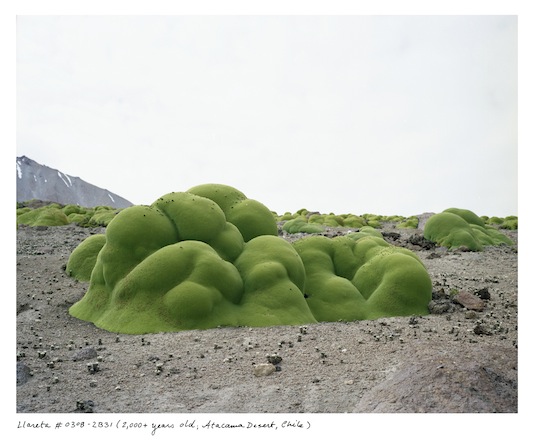
So, what’s next for you?
I’m going to do a project at the LACMA technology lab called “The Poetics of Space.” I’m not sure what it is yet, but I’m going to be working with the folks at NASA, JPL (Jet Propulsion Laboratory), and SpaceX to develop some kind of project about human perception of time. We’re taking the theme of deep time that’s so important to The Oldest Living Things, and extending it even further. I don’t know what I’m going to do, and I’m terrified, but I think that’s great. I’m comfortable with that fear.
– Interview by Tory Hoen







